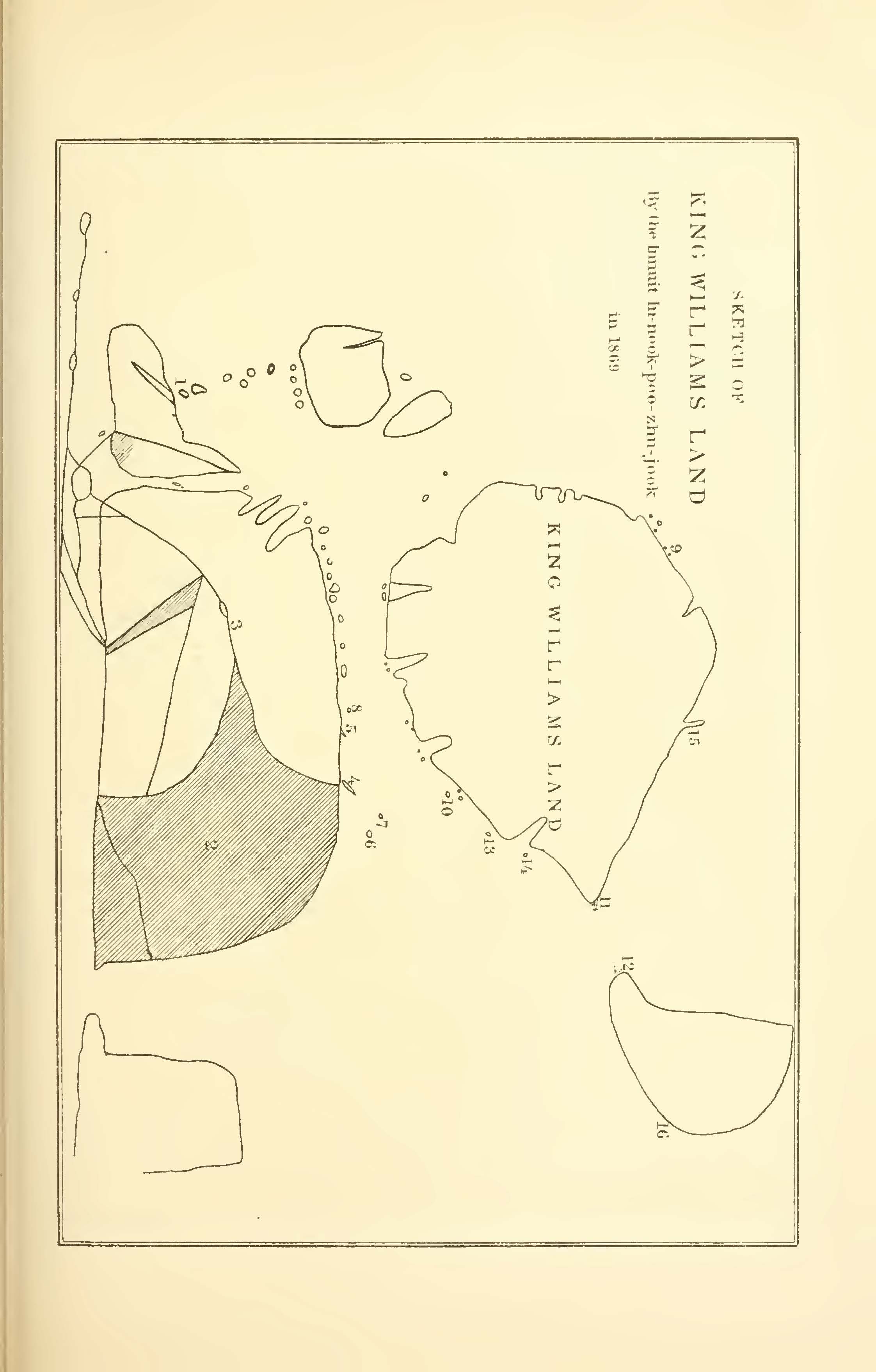The H.M.S. Erebus
On September 7th, 2014, the HMS Erebus was found near King William Island by Parks Canada, a Canadian government agency. There has been some skepticism about the motives for finding Franklin's ships. The area, as the article explains, is international waters according to the US. Canada hoped to secure the territory on which the wreck was found. As global warming changes the landscape of the Arctic, it is becoming more navigable and economically relevant. Regardless, the melting of the arctic ice is helping searchers unravel the mystery by finding evidence that was once hidden by ice.
Citation: “HMS Erebus Lost Ship Whose Crew Resorted to Cannibalism Found in Canadian Arctic” last modified October 3, 2014, https://www.washingtonpost.com/news/morning-mix/wp/2014/10/03/hms-erebus-lost-ship-whose-crew-resorted-to-cannibalism-found-in-canadian-arctic/?utm_term=.607a26757bae


